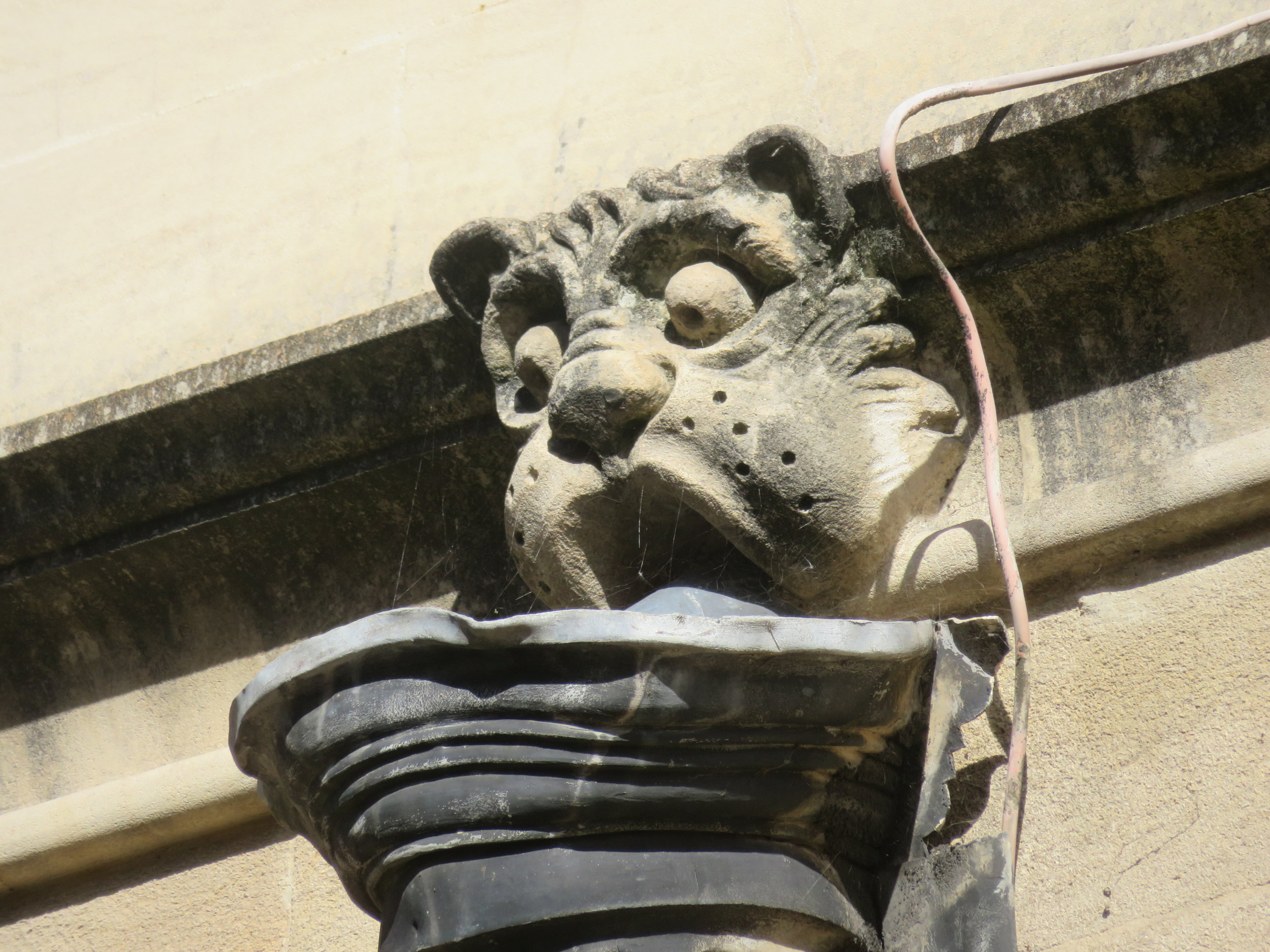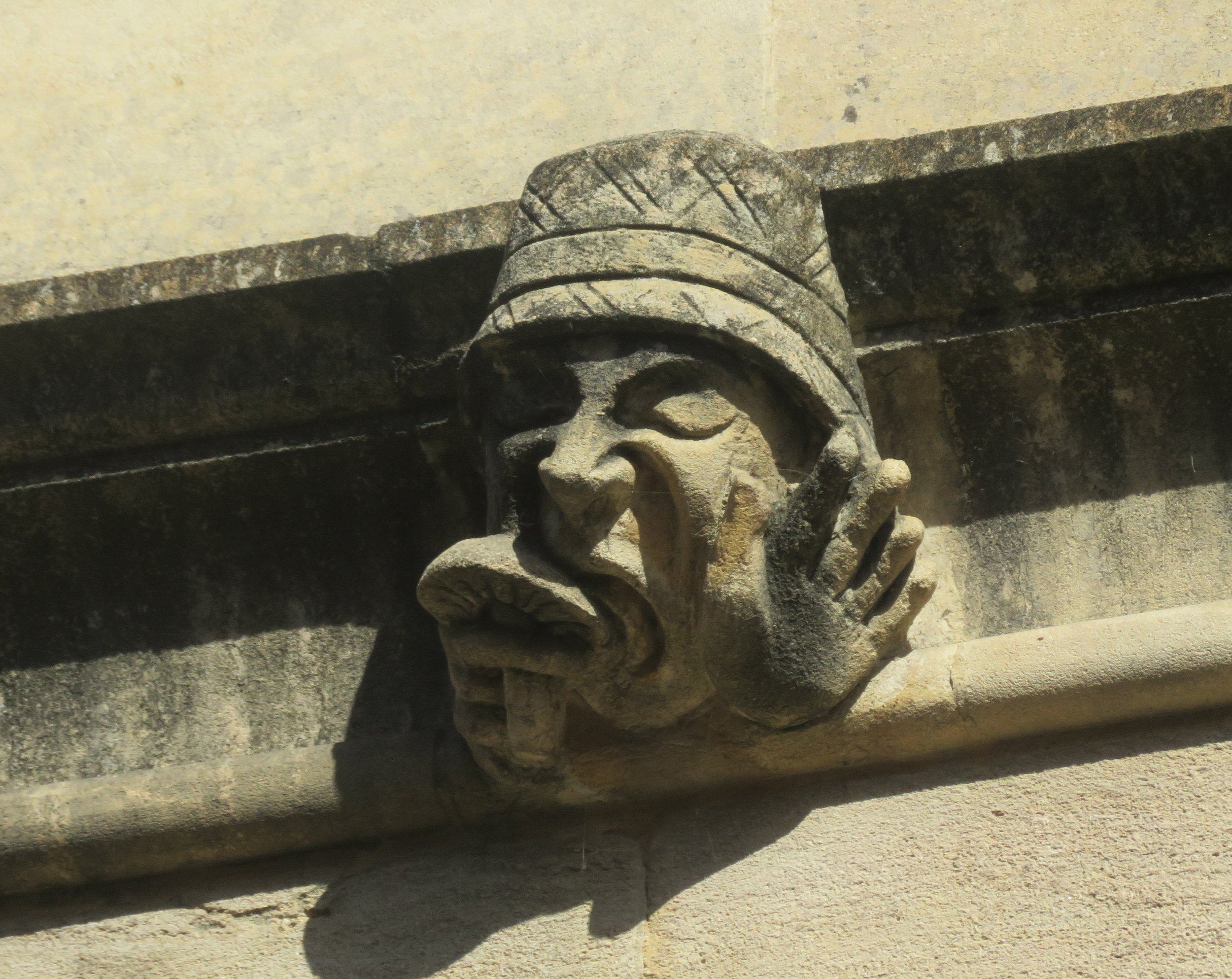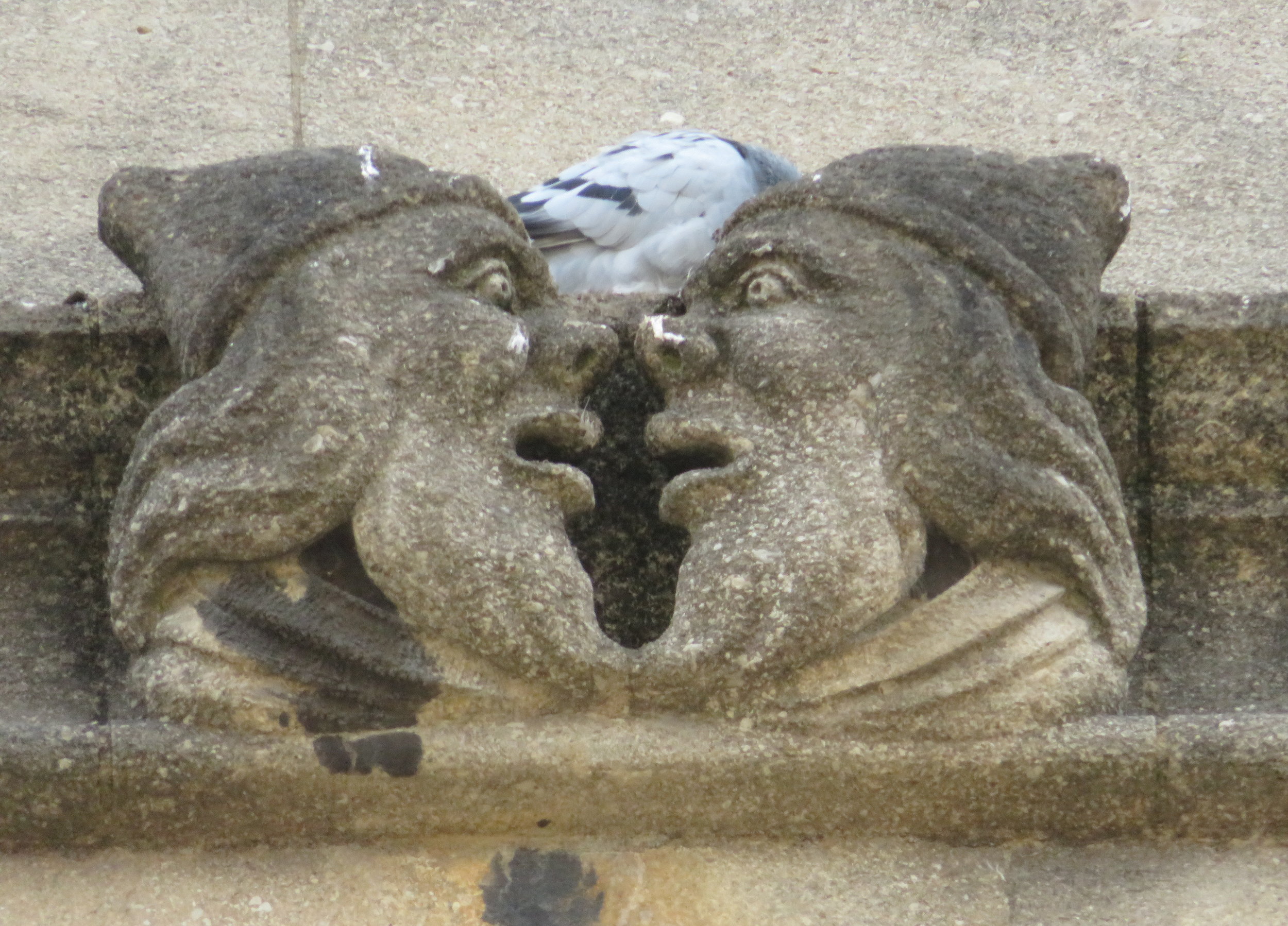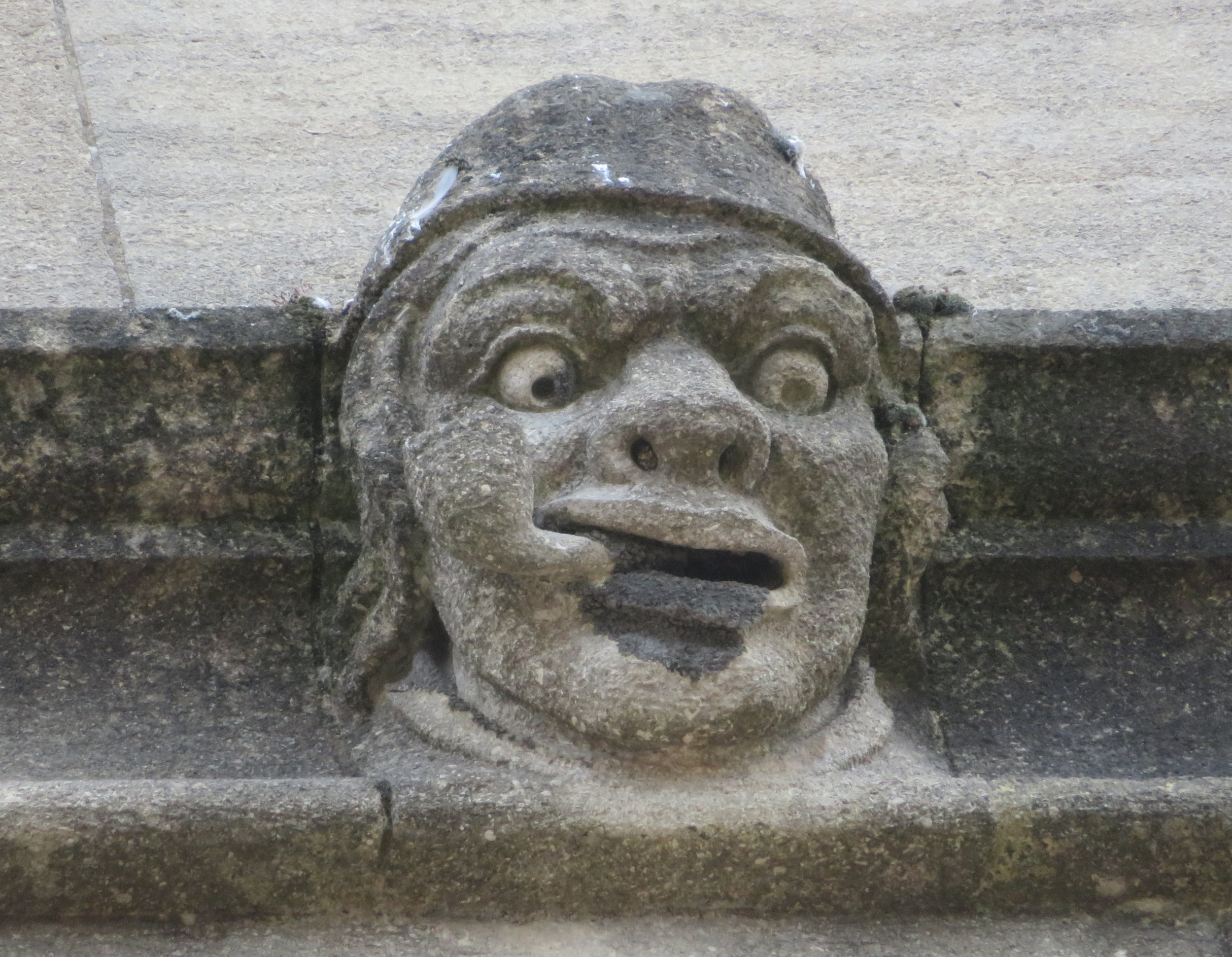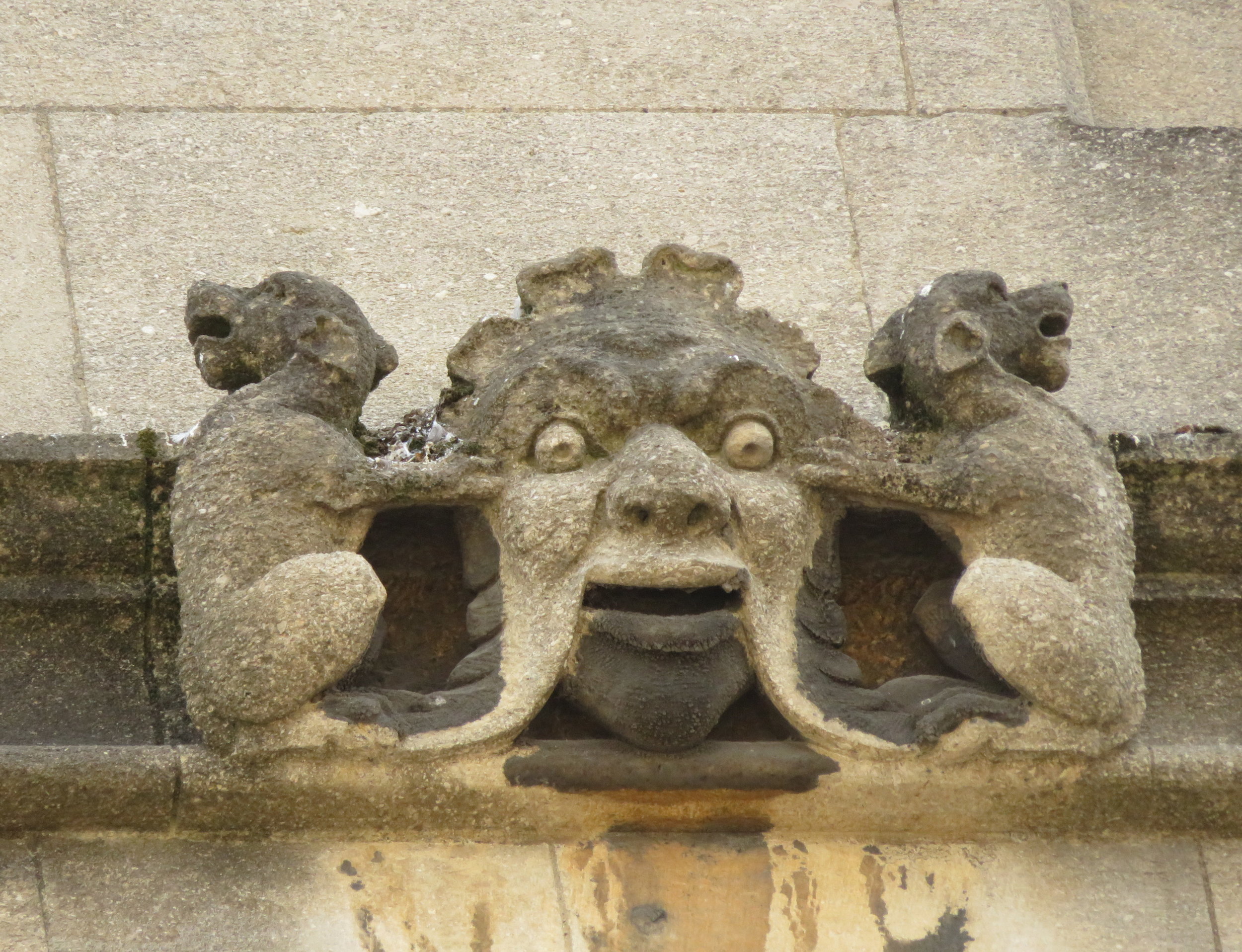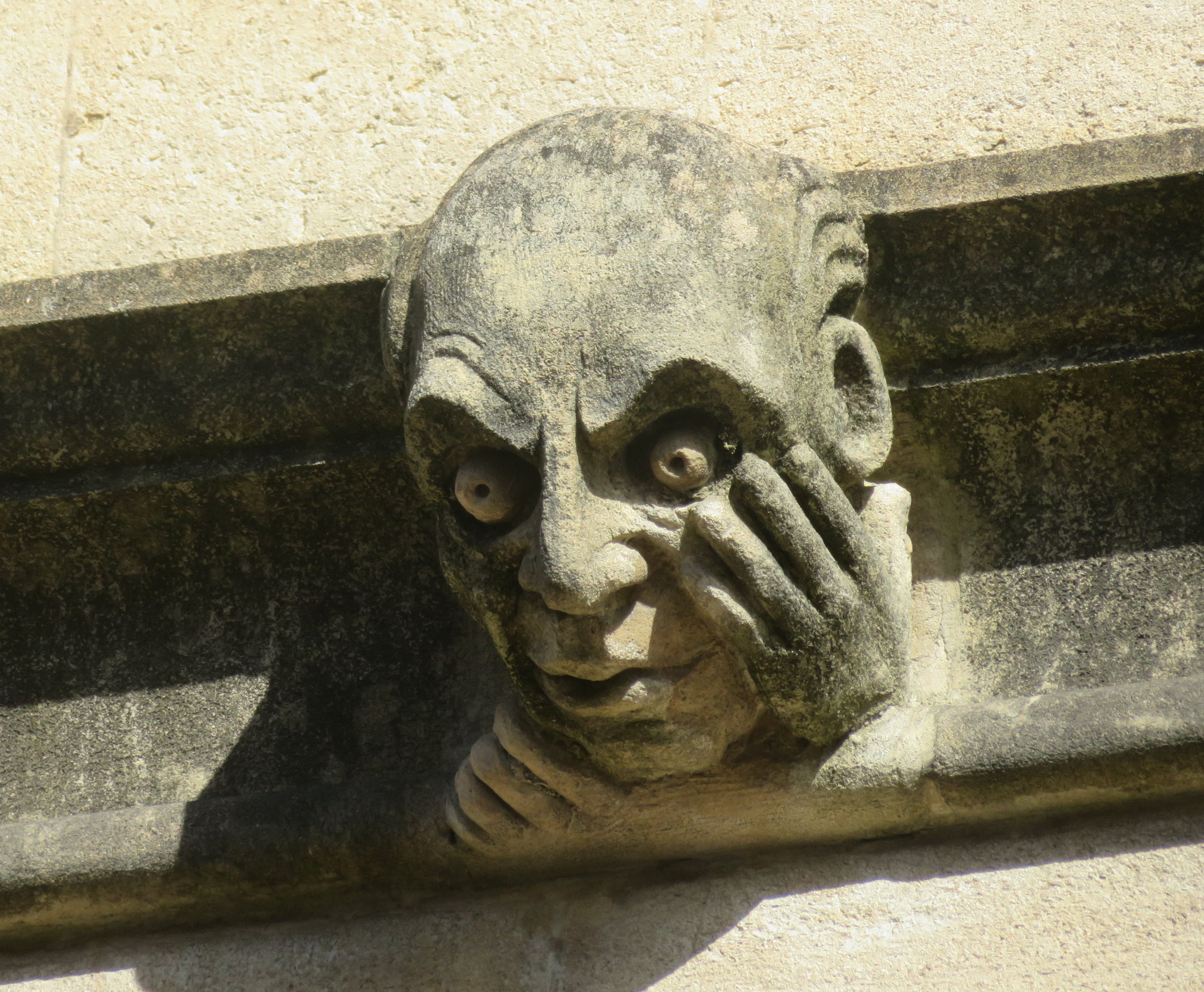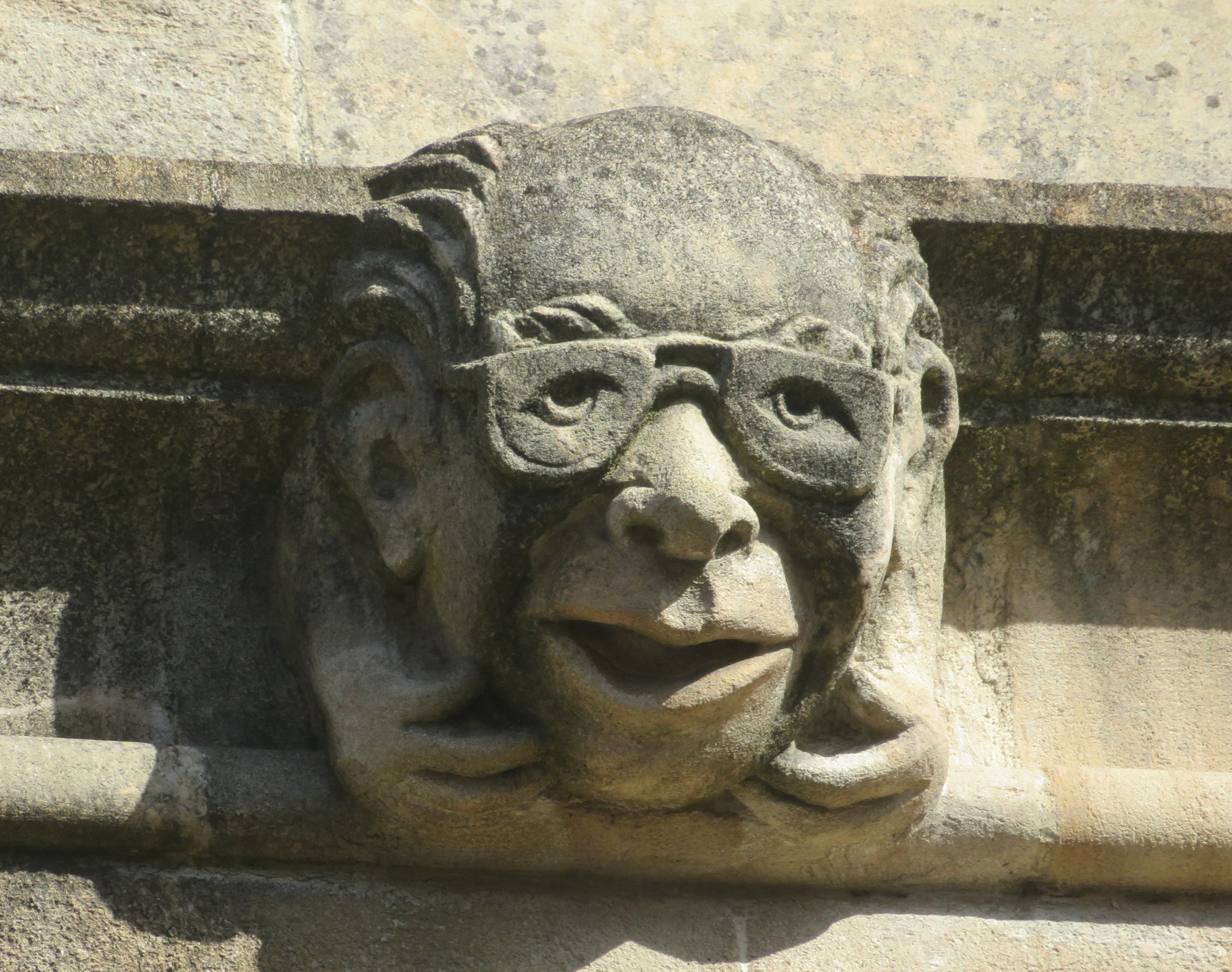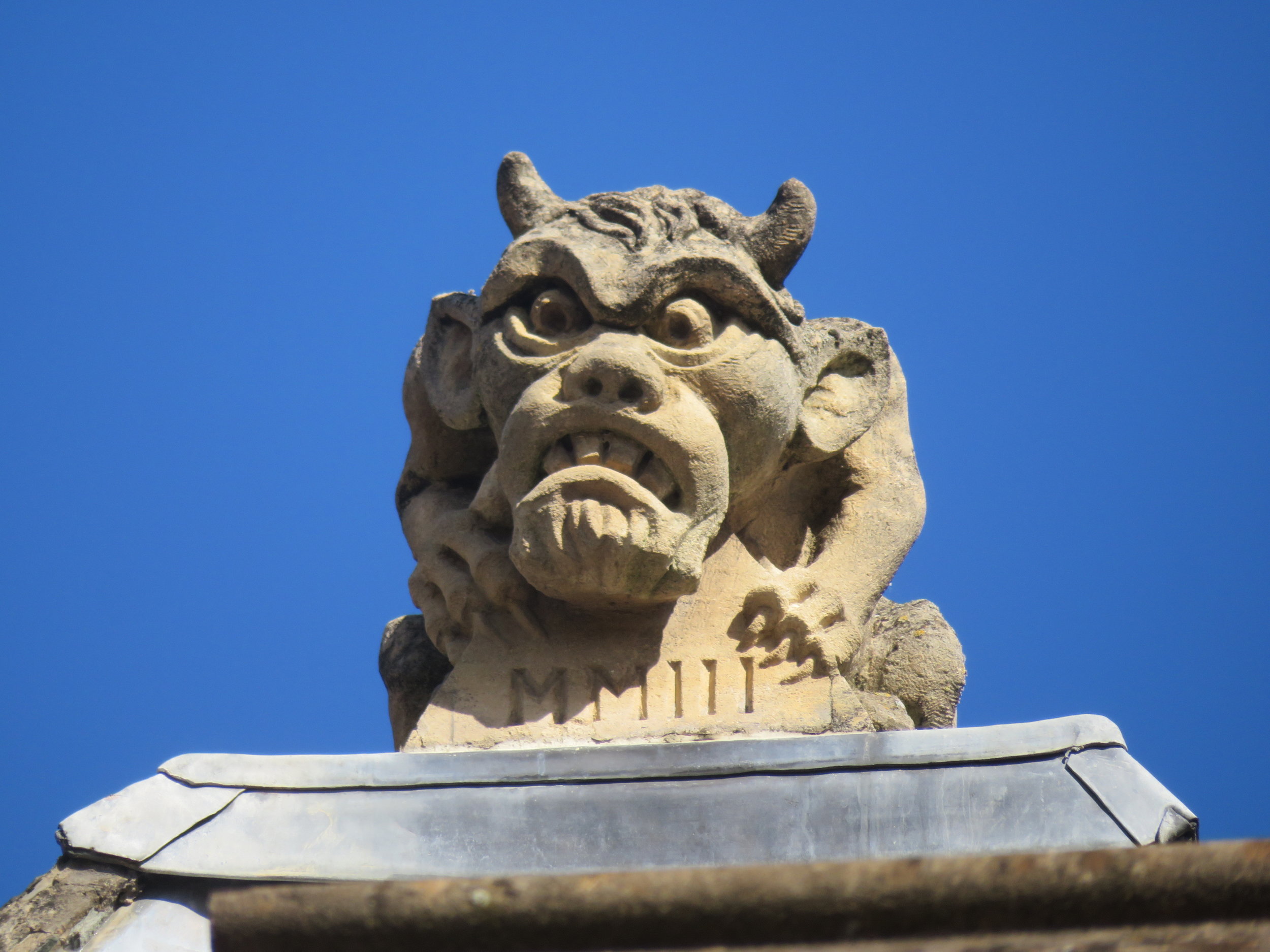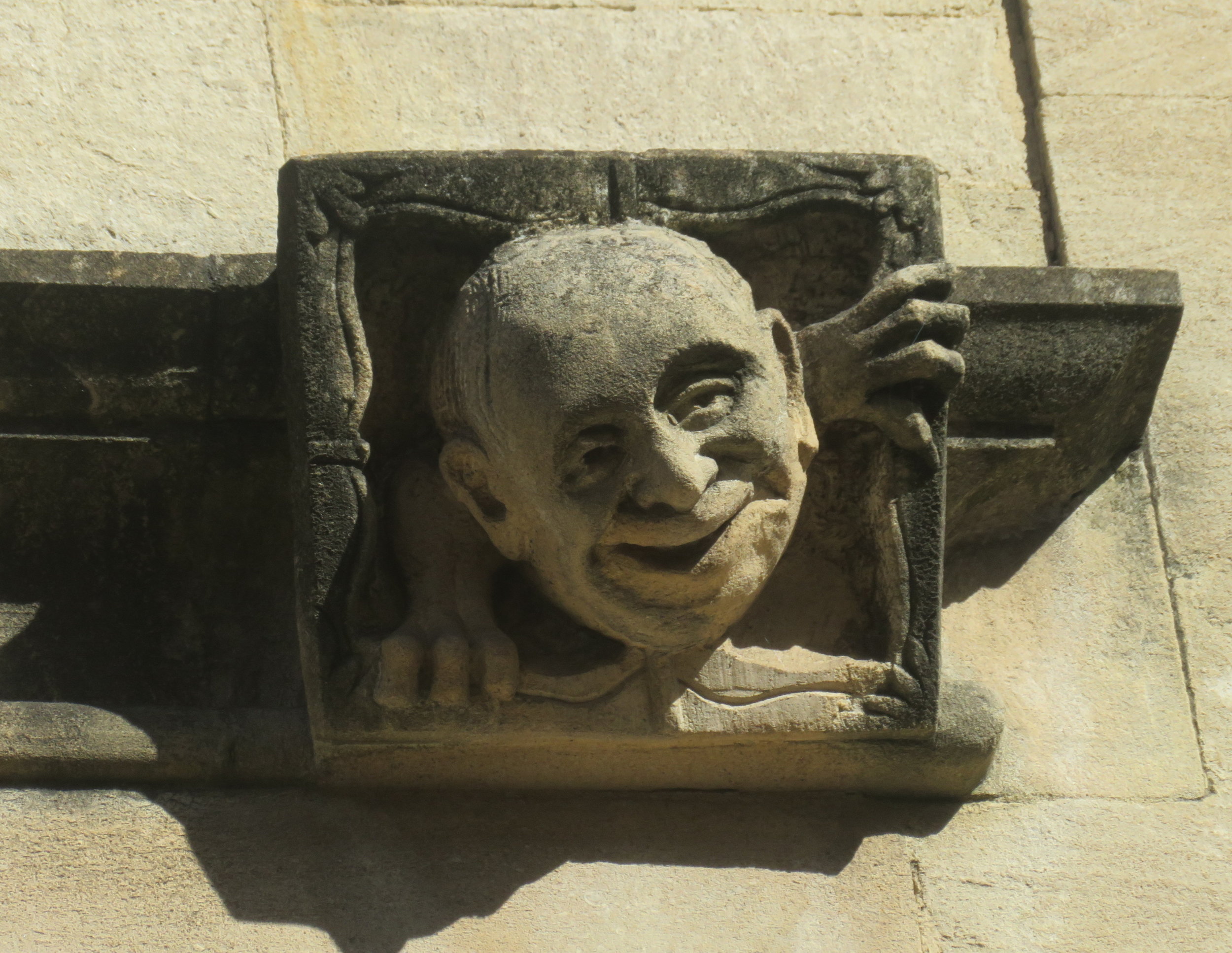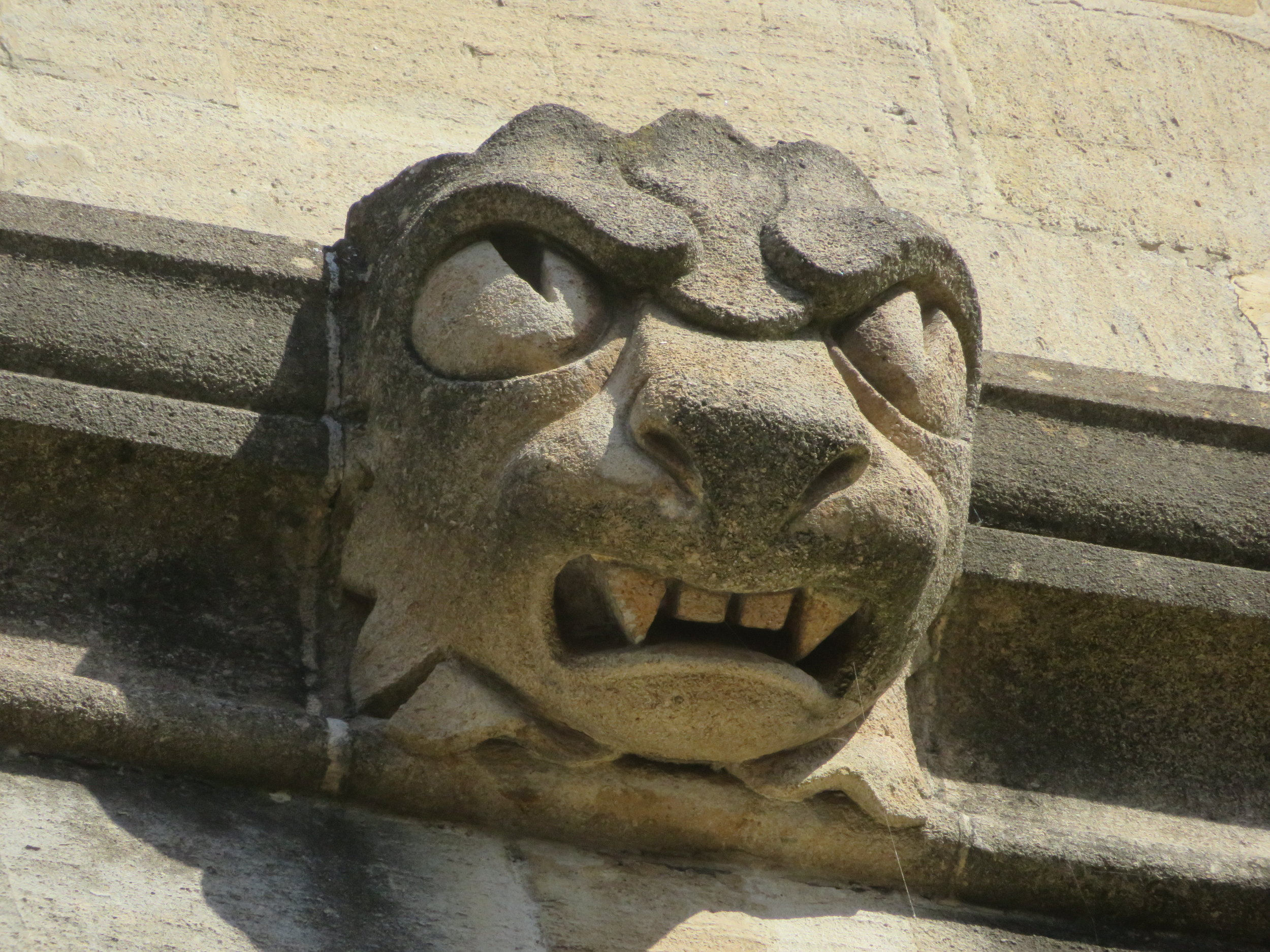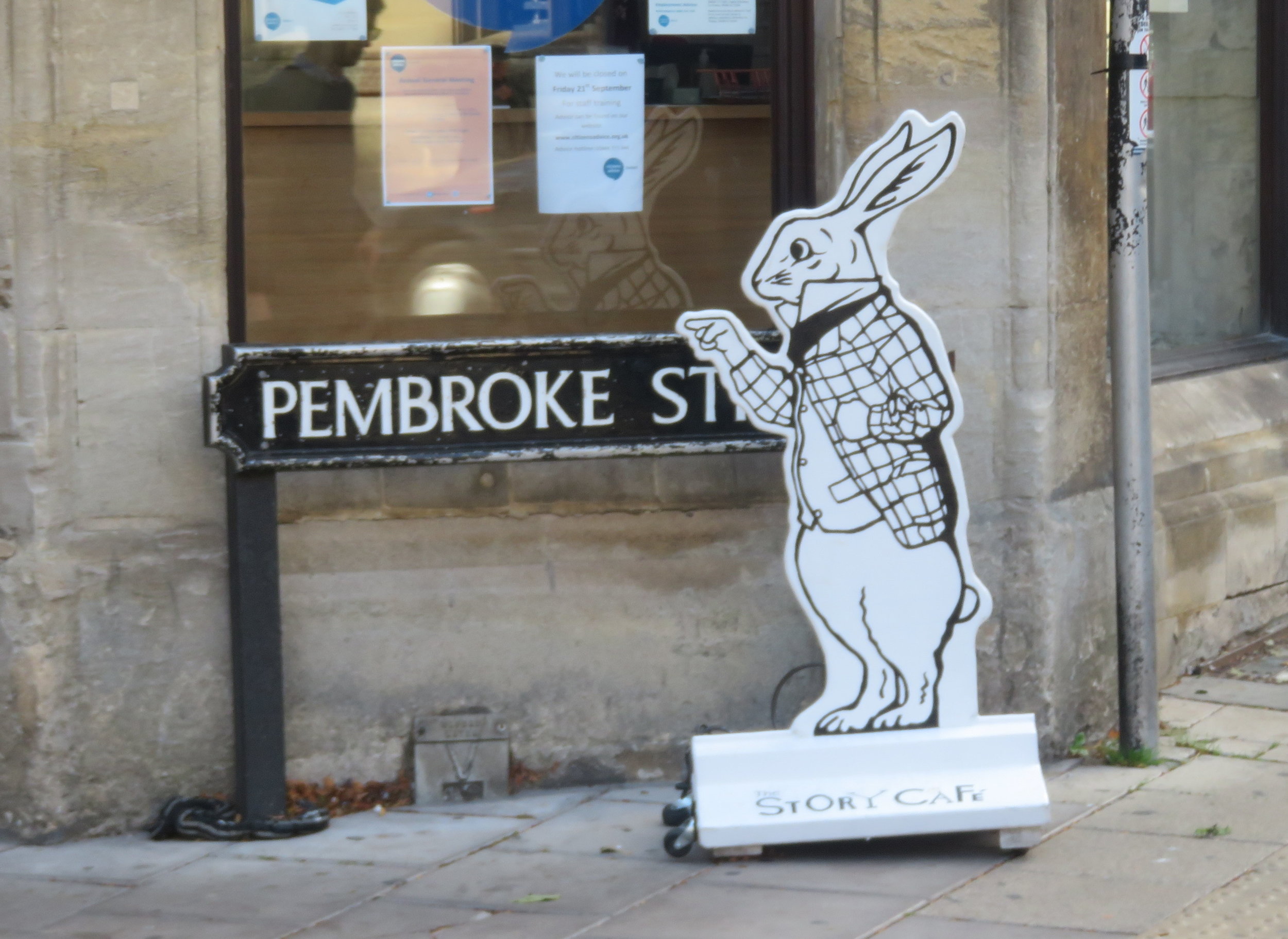Thames Path - A Day in Oxford, England
/What? A day off … no walking? Well, there might be no walking on the Thames Path today, but there’s plenty of walking to be done in Oxford. We’re taking a ‘zero day’ (a vacation from our vacation?) and spending it in the ‘City of Dreaming Spires’, a nickname for the city of Oxford attributed to Victorian poet, Matthew Arnold, in reference to the outstanding architecture evidenced throughout the city.
The Ashmolean Museum of Art and Archaeology
Since we only had the day and there’s so much to see in Oxford, we had to narrow down our choices. In our research, there were some clear winners and we started with #1 on our list. We left early on a sunny, brisk morning and headed straight to the Ashmolean Museum, a 15 minute walk from our Airbnb digs. According to Wiki, ‘The Ashmolean Museum of Art and Archaeology is the world’s first university museum. Its first building was in 1678–83 to house the cabinet of curiosities that Elias Ashmole gave to the Univeristy of Oxford in 1677.’ It’s not just art and archaeology though, it’s a fantastic collection of just about everything you can imagine in its collection of over a million items from Egyptian mummies to porcelain teapots to textiles, coins and ceremonial war dress.
A special exhibition, ‘Spellbound’, was currently in progress. It received all sorts of positive reviews … ‘Mesmerising’, ‘Bewitching’, ‘Irresistibly creepy’ and we bought tickets immediately. We were, however, somewhat disappointed and quite honestly, didn’t feel any of those descriptors were particularly accurate. It was quite crowded and slow moving. Displays and exhibits were in one place, but the explanations and information were located a distance away, awkward to get to when several folks were viewing the same items. Though photography without flash is allowed in the rest of the museum, no photography was allowed in this exhibition … the height of disappointment for me.
In retrospect, we would have been better served skipping the special exhibit and heading straight to the 60+ exhibit halls. We were trying to limit our visit to a couple of hours, but it was impossible and by mid-afternoon, our minds were whirling and we had to pull ourselves away if we wanted to see any more of Oxford. We left overwhelmed by what we had seen and wished we had more time … like a month or so, to take it all in.
The ram of Amun c. 650 BCE
Egyptian mummy and sarcophagus … one of several on display
A merchant’s door from Saudi Arabia
The Forest Fire - Piero di Cosimo c.1505
For sure, the city revolves around the university and culture. ‘As the oldest university in the English-speaking world, Oxford is a unique and historic institution. There is no clear date of foundation, but teaching existed at Oxford in some form in 1096 and developed rapidly from 1167, when Henry II banned English students from attending the University of Paris.’ Oxford is not just one college, but rather a center of learning, with 38 individual colleges all located throughout the city.
The Bridge of Sighs … Oxford University - an icon of the city and the university.
We wandered around and through several of the campuses, not in search of knowledge, but rather in search of gargoyles and grotesques. We learned the difference between the two, by the way. Though both are considered grotesques and are building embellishments, gargoyles always carry water, such as downspouts. We found scads of them in our wanderings … here are a few I particularly liked. Click on an image to enlarge it and see more detail.
We stopped at the Bodleian Library in hopes of a tour. ‘First opened to scholars in 1602, ... the Bodleian Library is one of the oldest libraries in Europe, and in Britain is second in size only to the British Library. Together, the Bodleian Libraries hold over 13 million printed items.’ Unfortunately, all the tours for the day were booked and we were left to wander through the courtyard and the gift shop.
The Bodleian Library courtyard … Silence Please!
Not far away from the Bodleian is the Radcliffe Camera, Oxford’s esteemed science library.
The sun disappeared suddenly and we were treated to a brief, but drenching shower, then the sun reappeared once again. Mother Nature just keeping us on our toes! We headed to Oxford’s Christ Church Cathedral, thinking perhaps we might take a tour, but once again, it was the end of the day and all tours were booked.
Christ Church Cathedral
We noted an old tower as we walked along Cornmarket Street and stopped to explore a bit. This unassuming tower turned out to be The Saxon Tower at St. Michael at the North Gate, the oldest building in Oxford built c. 1040 and once part of the North Gate to the City of Oxford.
The Saxon Tower - St. Michael at the North Gate
We couldn’t resist climbing the tower stairs and absorbing the feel of 1,000 year old steps beneath our feet. The mechanism of the old church clock kept David amused for a bit. I climbed further up to view the church’s bells which no longer toll since it is believed the vibration might harm the fragile tower.
The bells of the Saxon Tower no longer toll.
As we climbed out onto the rooftop high above the city, the wind was cold and gusty, but it was the view that took our breaths away.
View of Oxford from the top of the Saxon Tower
Perched on top of Blackwell’s Art and Poster Shop on Oxford’s Exeter College, this seven-foot-tall statue by Antony Gormley is one of a series of sculptures called “Another Time II,” based on molds taken from his own body. This bronze nude in Oxford weighs half a ton and was the gift of an anonymous benefactor in 2009.
Hard to miss this fellow on the rooftop!
So, what did we learn today? Too much to remember or convey in one blog post.
An interesting tidbit - Charles Dodgson, aka Lewis Carroll, studied here in Oxford and was inspired by the daughter of a friend to write ‘Alice’s Adventures in Wonderland’. A self-guided tour brochure was available in one of the bookshops. It makes me want to read the book again and then do the walk. There are lots of references to Lewis Carroll and his characters about town.
The White Rabbit beckons
I did a little research before arriving in Oxford and found some Oxford fun facts. For instance, folks from Oxford are referred to as Oxonians and the city name, Oxford, derives from the fact that a shallow place in the Thames was a good place for ox to ford the river … hence Ox-ford.
Entrance to the Story Cafe
One day in Oxford … simply not enough, but it has to do for now. We’re back on the Thames Path tomorrow.









